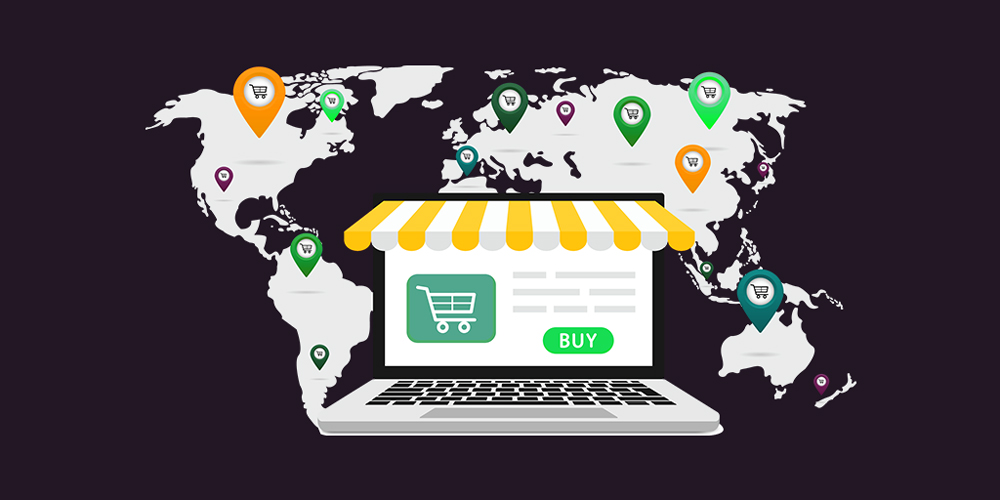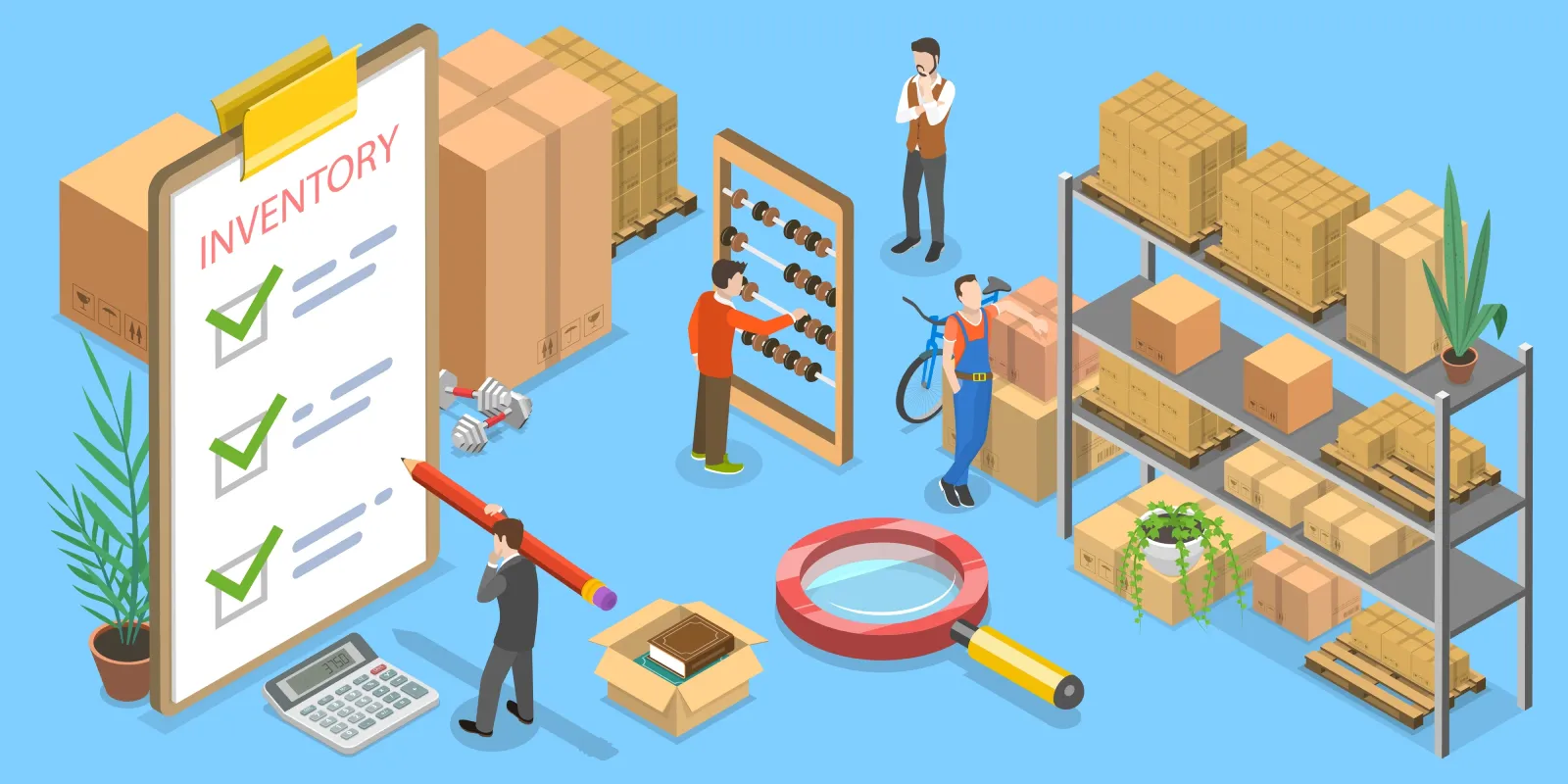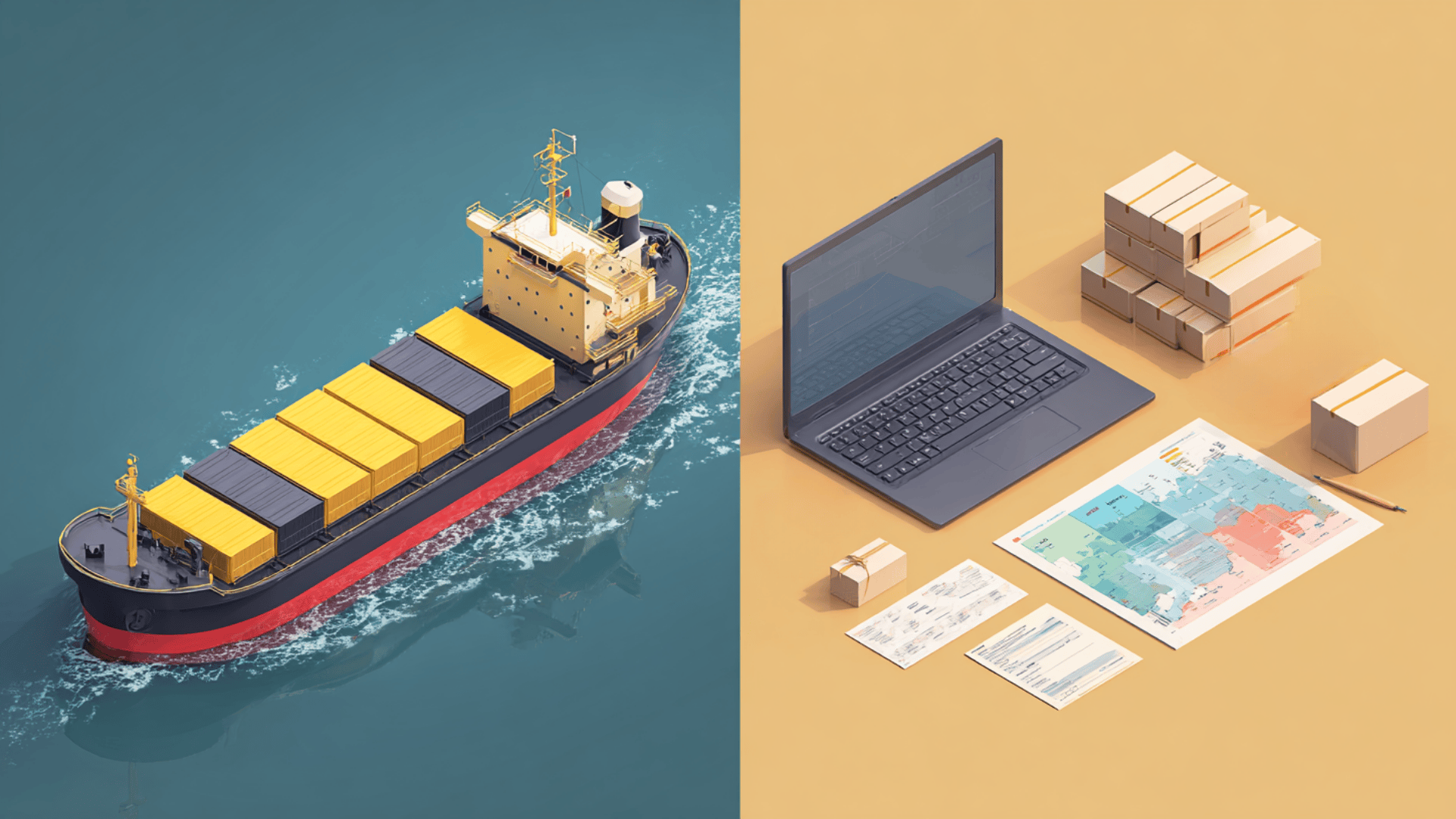How AI and Automation Are Shaping Cross-Border Fulfillment Operations
AI and automation are transforming cross-border fulfillment operations from slow, manual workflows into intelligent, connected ecosystems. With e-commerce sales booming across regions, brands now rely on AI-driven tools to manage customs clearance, shipping routes, warehouse robotics, and customer tracking. This evolution is not just about faster delivery — it’s about smarter, more transparent, and scalable fulfillment.
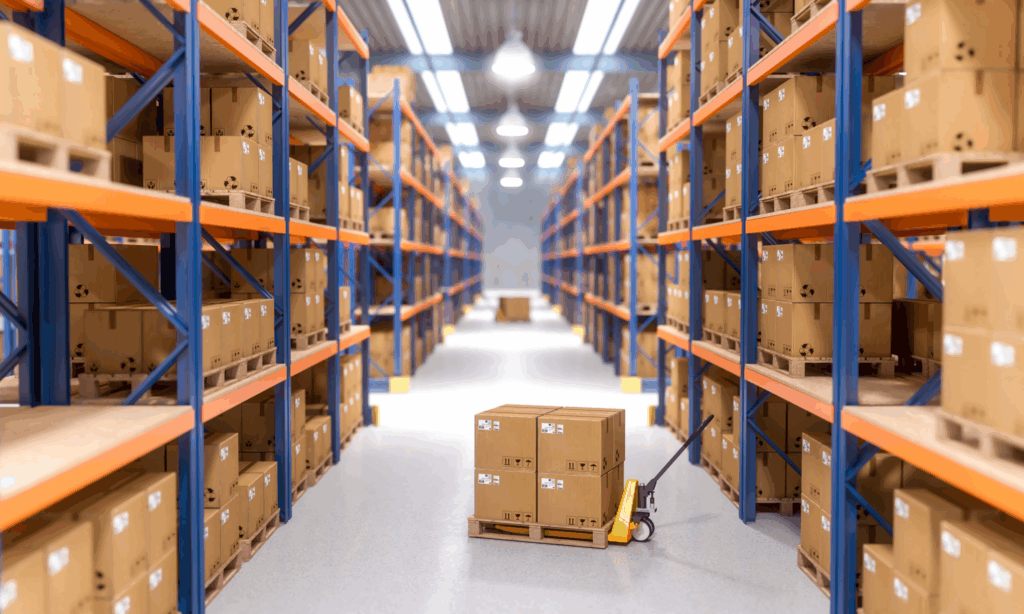
1. Why Automation in Logistics Matters for Cross-Border Fulfillment
Cross-border fulfillment involves multiple layers — inventory management, customs compliance, shipping coordination, and last-mile delivery. Each layer introduces its own complexity, particularly when managing multiple currencies, languages, and regulations.
AI and automation simplify these challenges by:
- Predicting optimal routes based on cost, time, and demand.
- Reducing manual paperwork for customs clearance.
- Automating order picking and packing through robotics.
- Enhancing accuracy in tracking and delivery estimation.
1.1 The Rise of Intelligent Logistics Networks
E-commerce giants and fulfillment providers now operate global networks powered by machine learning. AI systems analyze thousands of data points per second — including weather, traffic, and customs wait times — to adjust shipping routes in real time. This helps reduce transit delays and ensures packages reach customers faster, even across continents.
1.2 The Role of Automation in Reducing Human Error
Automation handles repetitive warehouse tasks such as sorting, labeling, and scanning. Robots and conveyor systems minimize errors that typically occur in manual processes. With automated quality checks, fewer packages are misrouted or delayed, resulting in more reliable fulfillment performance.
2. How AI Improves Efficiency Across the Supply Chain
2.1 Predictive Demand Forecasting
AI models analyze historical sales, seasonal trends, and market data to predict demand across regions. This ensures the right stock levels are maintained at the right warehouse — reducing overstocking or stockouts. For example, a European warehouse might automatically restock popular products before the holiday season, based on predictive analytics.
2.2 Intelligent Order Routing
Automation systems assign each order to the best fulfillment center based on proximity, shipping cost, and available inventory. This not only reduces delivery time but also lowers carbon emissions by minimizing long-distance transportation.
2.3 Real-Time Shipment Visibility
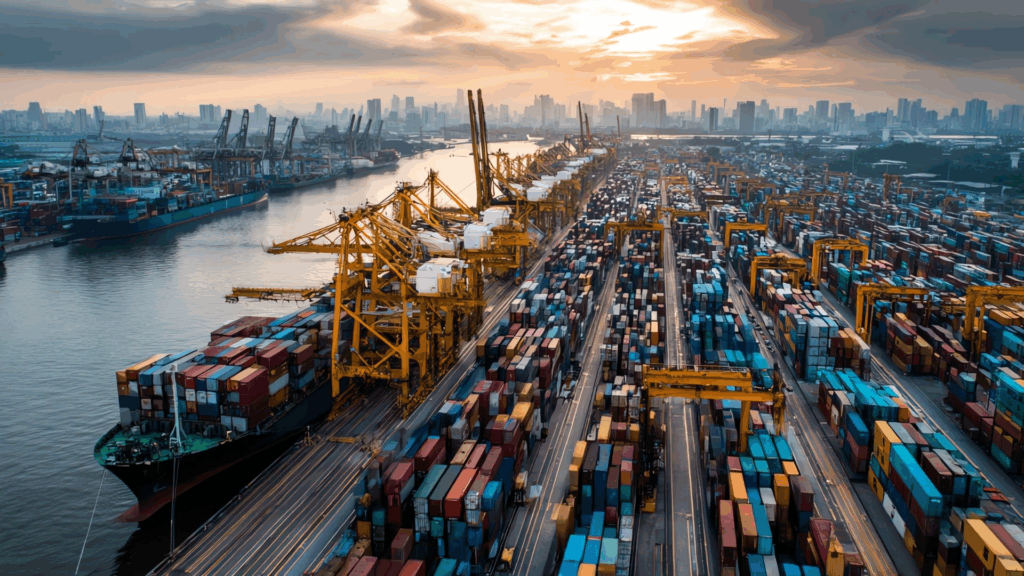
Customers increasingly expect accurate delivery updates. AI-powered tracking platforms, such as those integrated by PostalParcel, provide real-time visibility across international carriers. These systems predict delays, automatically notify customers, and even suggest proactive resolutions, such as re-routing or scheduling redelivery.
3. Transforming Customs and Compliance Through AI
3.1 Automated Customs Documentation
Customs paperwork can slow down international shipments. AI tools now automate the generation and verification of shipping documents, invoices, and HS codes. They ensure compliance with local regulations and reduce the risk of fines or shipment holds at borders.
3.2 Fraud Detection and Duty Optimization
AI systems analyze transaction patterns to detect anomalies, such as under-declared values or duplicate invoices. They also optimize duty calculations by identifying trade agreements that lower tariffs — saving costs for both sellers and buyers.
3.3 Multilingual Support for Global Operations
Automation platforms equipped with natural language processing can instantly translate customs information, product descriptions, and compliance notices. This enables seamless communication between customs agents, couriers, and merchants operating in different regions.
4. Inside the Smart Warehouse: Robotics and Data-Driven Operations
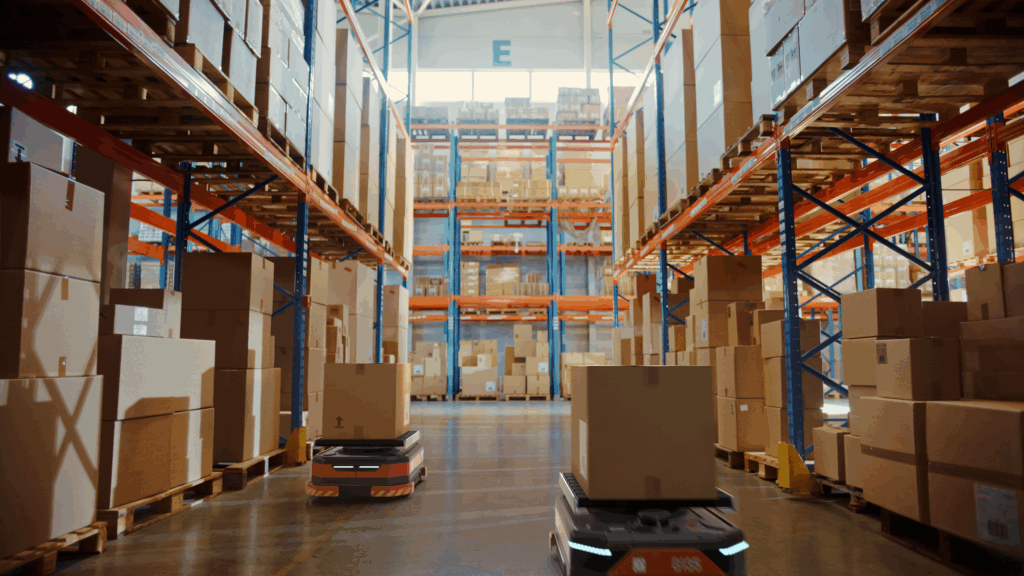
4.1 Robotic Picking and Packing
Modern fulfillment centers use AI-guided robots to pick and pack products efficiently. These robots use sensors and cameras to identify items, scan barcodes, and pack orders with minimal human intervention. As a result, the average order fulfillment time can drop by over 40%.
4.2 Automated Quality Control
AI-powered vision systems inspect products before they leave the warehouse. They detect damages, labeling errors, or packaging issues instantly, preventing returns and improving customer satisfaction.
4.3 Predictive Maintenance for Equipment
Sensors attached to warehouse machinery monitor vibrations, temperature, and performance data. AI algorithms predict when equipment will require maintenance, reducing downtime and ensuring that fulfillment lines run smoothly.
5. Enhancing the Customer Experience in International E-Commerce
5.1 Smart Delivery Estimates
Traditional shipping estimates often disappoint customers because they rely on static averages. AI enhances accuracy by analyzing real-time logistics data, including weather, traffic congestion, and customs processing times, to calculate dynamic ETAs.
5.2 Proactive Issue Resolution
AI-driven chatbots and customer service systems identify potential delivery issues before customers even report them. For example, if a delay is detected, the system automatically sends updates and alternative solutions, improving transparency and trust.
5.3 Personalized Fulfillment Options
By analyzing purchase behavior, AI can recommend shipping methods tailored to customer preferences. Frequent buyers might receive faster delivery options or automatic warehouse allocation near their location.
6. The Economic Impact of Automation in Cross-Border Logistics
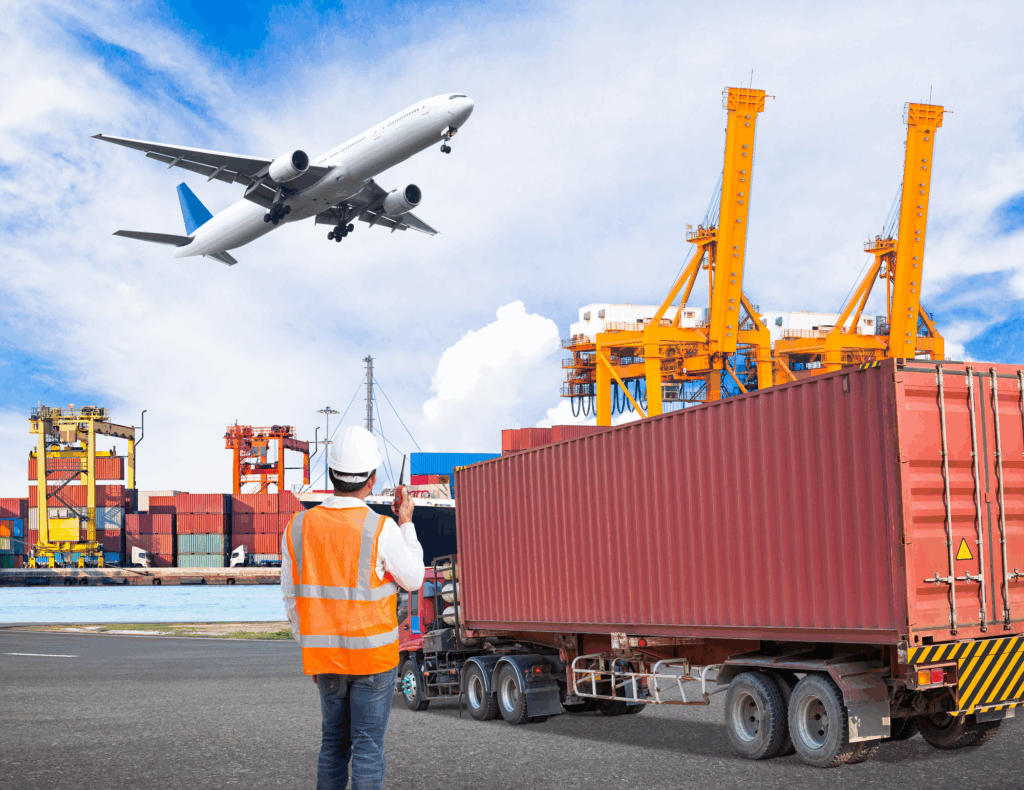
Automation doesn’t just increase speed — it redefines cost efficiency.
- Reduced labor costs: Robots handle repetitive work, allowing staff to focus on higher-value tasks.
- Optimized space utilization: Automated systems organize inventory to maximize storage capacity.
- Energy efficiency: Smart sensors adjust lighting and conveyor operations to save power.
These combined savings improve profit margins and make international fulfillment more competitive.
7. Overcoming Challenges in AI-Driven Cross-Border Fulfillment
Despite its advantages, implementing AI and automation brings challenges:
7.1 Integration with Legacy Systems
Many older fulfillment networks still depend on outdated infrastructure. Integrating AI tools requires APIs, compatible databases, and cloud migration — a complex but necessary transition for digital transformation.
7.2 Data Security and Privacy Concerns
Cross-border Fulfillment operations involve sensitive information such as payment details and personal addresses. AI systems must comply with the GDPR, CCPA, and other relevant data protection regulations, while also ensuring encryption and robust access control.
7.3 Balancing Human and Machine Roles
While automation enhances productivity, human oversight remains essential. Complex decisions — like handling restricted goods or unpredictable geopolitical disruptions — still require human judgment. The goal is collaboration, not replacement.
8. Sustainability Benefits from AI and Automation
Sustainability has become a major focus in logistics, and AI helps achieve it.
8.1 Carbon-Efficient Routing
AI systems choose optimal shipping routes to reduce unnecessary fuel consumption. They analyze carriers’ carbon footprints and suggest greener options, such as rail or consolidated shipping.
8.2 Smart Packaging and Waste Reduction
Automation can calculate the ideal box size for each order, minimizing wasted materials. It also tracks recyclable packaging use, supporting eco-friendly operations that appeal to global consumers.
8.3 Resource Optimization Across Warehouses
AI redistributes stock between fulfillment centers based on demand and transportation efficiency. This prevents overstocking and reduces warehouse energy costs.
9. How PostalParcel Adopts AI for Smarter Cross-Border Fulfillment Operations

At PostalParcel, AI and automation are at the heart of our cross-border fulfillment strategy. Our systems analyze thousands of international shipments daily to improve delivery accuracy and reduce costs for sellers.
9.1 Unified Tracking Dashboard
Our AI-powered tracking dashboard consolidates data from multiple couriers into one interface. Sellers and customers can view live updates, customs statuses, and route predictions from a single screen.
9.2 Automated Labeling and Routing
PostalParcel’s fulfillment centers use automated label generation and route optimization. Each order receives a dynamic label that adjusts shipping instructions based on current courier capacity and regional customs updates.
9.3 Predictive Performance Analytics
We use predictive analytics to anticipate demand surges during global events, such as Black Friday or Lunar New Year. This enables faster warehouse allocation, optimized courier selection, and fewer delays.
9.4 Continuous Learning Systems
AI models at PostalParcel continuously learn from delivery feedback, customs delays, and carrier reliability scores. Over time, this self-improving system refines fulfillment accuracy, helping sellers expand globally with confidence.
10. The Future of Cross-Border Fulfillment
As AI and automation mature, cross-border logistics will become increasingly autonomous and customer-centric. Autonomous trucks, drone deliveries, and blockchain-based customs validation are on the horizon.
These innovations will reduce human error, enhance visibility, and make global shipping as seamless as domestic delivery. Sellers who adopt AI early — such as those utilizing PostalParcel’s intelligent platform — will gain a significant competitive advantage in the global marketplace.
Industry Insights
news via inbox
Nulla turp dis cursus. Integer liberos euismod pretium faucibua


